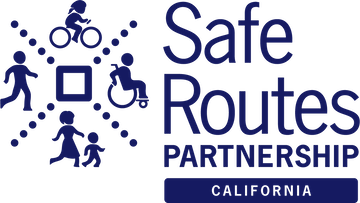As we reported last month, the California Transportation Commission announced the results of Cycle 4 of the Active Transportation Program at the beginning of the year. There have been a few updates to the recommendations since then, and we have also had the chance to dig into the numbers and identify some trends.
The updates to the state’s recommended projects for funding include:
Compton was found to be unable to meet programming conditions or find another implementing agency, so it forfeited the $22 million for first/last mile improvements to the Blue Line. That money was redistributed to the next six projects on the scoring list. See the revised statewide list.
A scoring error docked points from Avenal’s Safe Routes to School on SR 269 route; once corrected, Avenal was also recommended for funding. See the revised small urban/rural list.
Our analysis of the scoring is based on the overall score; we hope to be able to analyze question-by-question data soon. Several trends emerge:
The program remains extremely competitive, with only 61 out of 554 applications successful (11%), and a threshold score of 89 (85 in the small urban and rural competition) to be funded.
Several of the changes to the application process this cycle had their intended effect. For example, the creation of a new application for plans seems to have greatly boosted the competitiveness of those applications, with almost a quarter of applicants were successful. Likewise, combined infrastructure/non infrastructure applications were much more likely to be successful than stand alone infrastructure projects. Safe Routes to School projects constituted 69% of those which will receive funding, and 100% will go to disadvantaged communities.
Many stakeholders were initially surprised that Los Angeles County, and Southern California generally, received such a large proportion of the projects recommended for funding. The analysis demonstrates that this was primarily because Southern California submitted more than 200 applications, which is nearly 40% of all ATP applications. About 11% of SCAG-region projects were selected for funding, which is the same as the overall success rate across the state. Indeed, Santa Barbara County performed the best of all counties that submitted at least 2 applications, with 43% recommended for funding. Applicants from the Association of Monterey Bay Area Governments had the best success rate of all those within multi-county MPOs.
Streetsblog has good coverage of other trends, including that more larger projects were funded this cycle.
If your application to the ATP was unsuccessful or you didn’t apply and want to: later this week we will announce an opportunity to get intensive, long-term technical assistance to help you apply for ATP Cycle 5. We will also have updates as the regions select their ATP projects.


